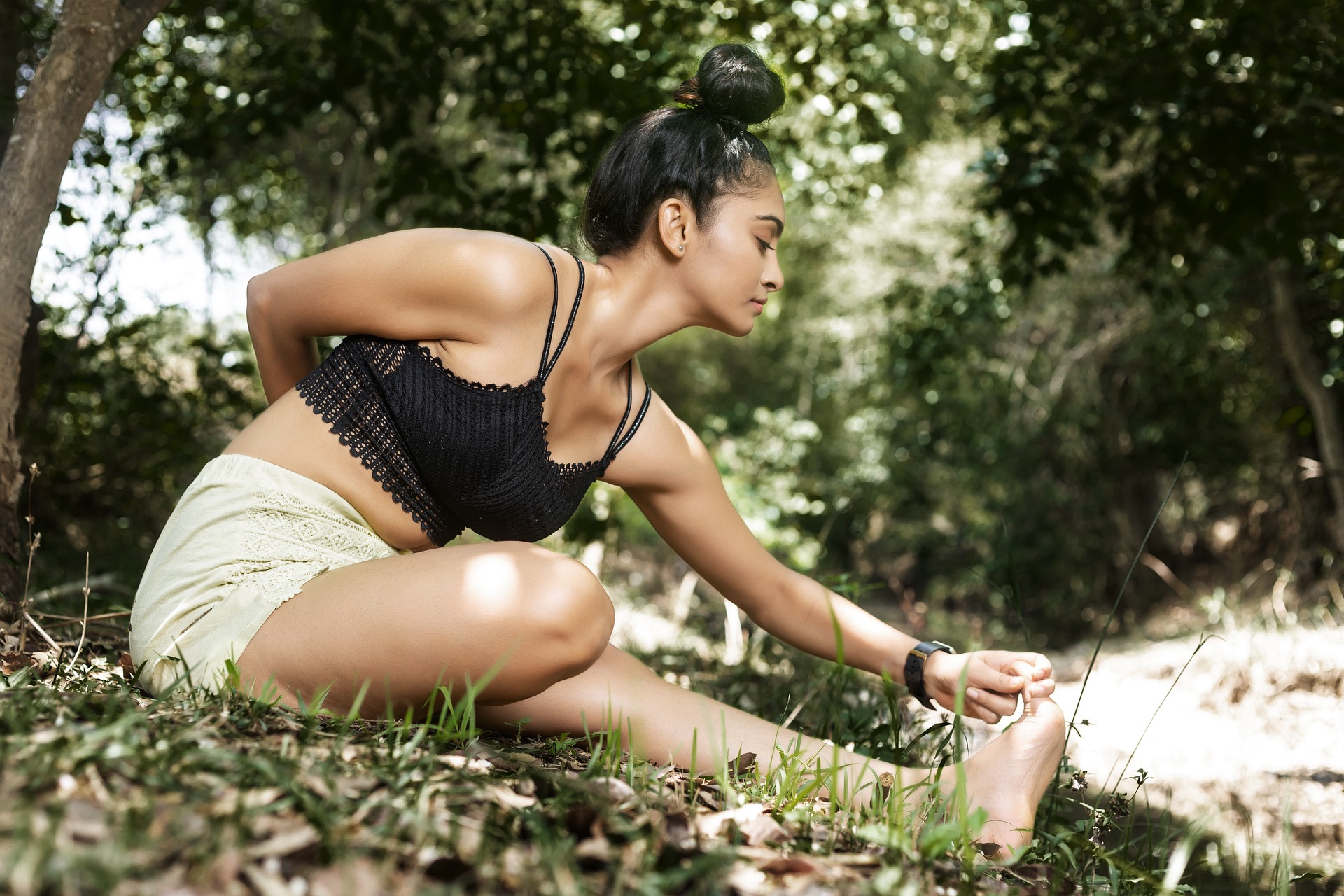Flexibility is an essential component of overall physical fitness and well-being. Many people seek to improve their flexibility for various reasons, including injury prevention, enhanced athletic performance, and increased range of motion in daily activities. Yoga is an effective practice for enhancing flexibility, offering a variety of poses that target different muscle groups and promote lengthening and stretching.
Understanding Flexibility
Flexibility refers to the ability of muscles and joints to move through their full range of motion. Factors such as age, genetics, and physical activity levels can influence an individual’s flexibility. While some people may naturally possess greater flexibility, others may find it more challenging to achieve. The good news is that flexibility can be improved with consistent practice, and yoga provides an excellent framework for doing so.
Key Yoga Poses for Flexibility
- Downward-Facing Dog (Adho Mukha Svanasana): This foundational pose stretches the hamstrings, calves, and spine. Start on your hands and knees, tuck your toes, and lift your hips towards the ceiling, forming an inverted “V” shape. Focus on pressing your heels toward the ground to deepen the stretch in your legs.
- Forward Fold (Uttanasana): From a standing position, hinge at your hips and fold forward, allowing your upper body to hang toward the floor. This pose stretches the hamstrings and lower back. To modify, bend your knees slightly if needed.
- Pigeon Pose (Eka Pada Rajakapotasana): This pose targets the hips and glutes, promoting hip flexibility. From a tabletop position, bring one knee forward and extend the opposite leg behind you. Lower your torso towards the ground for a deeper stretch, breathing into the sensations in your hips.
- Butterfly Pose (Baddha Konasana): Sit on the floor with the soles of your feet together and knees bent out to the sides. Gently press your knees toward the ground to open the hips. You can lean forward slightly to deepen the stretch in the groin area.
- Cobra Pose (Bhujangasana): This gentle backbend stretches the chest, shoulders, and abdomen. Lie on your stomach, place your hands under your shoulders, and lift your chest while keeping your elbows close to your body. Focus on lengthening your spine and opening your heart.
- Seated Forward Bend (Paschimottanasana): Sit with your legs extended in front of you and hinge at your hips to reach for your feet. This pose stretches the hamstrings and lower back. If you can’t reach your feet, use a strap or simply rest your hands on your shins.
- Triangle Pose (Trikonasana): This standing pose stretches the legs, hips, and side body. Stand with your feet wide apart, extend one arm toward the ground and the other toward the ceiling, and lean into the stretch. Keep your legs straight and focus on lengthening through your torso.
Tips for Improving Flexibility Through Yoga
- Warm Up: Always begin your practice with a gentle warm-up to prepare your muscles for stretching. Dynamic movements like arm circles or gentle twists can help increase blood flow and flexibility.
- Practice Regularly: Consistency is key to improving flexibility. Aim to practice yoga at least a few times a week, incorporating poses that target areas where you feel tightness.
- Listen to Your Body: Be mindful of your body’s limits. Avoid pushing yourself into painful stretches; instead, focus on finding a comfortable edge where you can breathe and relax into the pose.
- Breathe: Use your breath to deepen your stretches. Inhale to lengthen and exhale to release tension, allowing your body to relax into each pose.
- Be Patient: Flexibility takes time to develop. Celebrate small improvements and be patient with your progress. Over time, you will notice increased range of motion and ease in your movements.
In conclusion, yoga is a powerful tool for enhancing flexibility and promoting overall physical health. By incorporating specific poses into your practice and approaching flexibility with patience and mindfulness, you can enjoy the many benefits of increased range of motion and improved physical performance.
